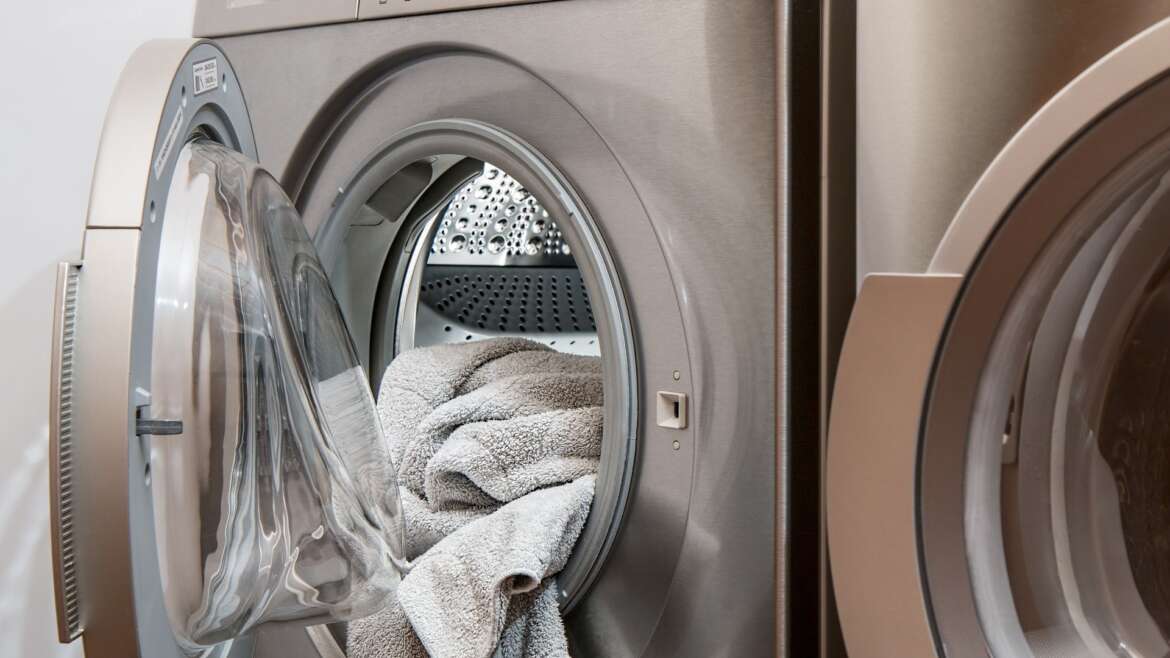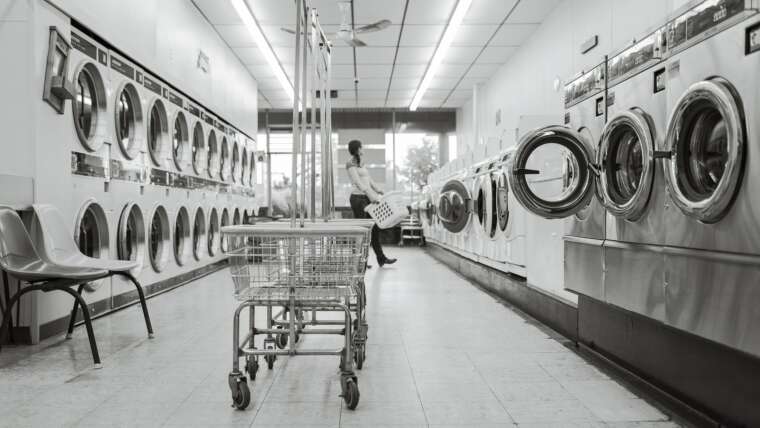Bad Habits in Laundry
Recurrent patterns of behavior are acquired through repetition, often unconscious and a result from a customary practice. These are habits, necessary to provide a certain predictability to our lives – a sort of rhythm that we can give in to. Something as ordinary as doing laundry has become an automatic practice that we do repeatedly and mindlessly. Acting on autopilot, we may ignore that some behaviors could be causing damage to our clothes. In this article, we propose some questions for you to identify whether your laundry habits are good or bad.
Do you sort your clothes by soil level?
Yes, you already separate colors and organize items according to their laundry requirements, such as washing in different cycles the items that need cold water and those that can handle the heat. But there is one more category worth considering, as ignoring this can be detrimental to your clothes. That is, sorting your clothes depending on how dirty they are. The thing is, if you toss heavily soiled clothes, such as gardening or exercise outfits, together with everyday clothes, the soil from the first may be transferred to the latter, giving light clothes a yellow or gray tinge and making colored garments dingy.
Do you zip up your clothes before washing?
The pleasure of shoving off your jacket and jeans when you get home and sliding into the comfort of a tracksuit is such that you probably don’t even think of zipping the outdoor outfit up. But the metal teeth are a major threat to your laundry. Closing zippers before washing will prevent these sharp teeth from ripping off other items in the load, and even avoid possible damages in the drum of the machine.
Do you button down clothes before washing?
Based on the above, you might be worried that now you need to close up every garment you remove. The good news is that you don’t need to introduce yet another extra step into your laundry process. In fact, buttoning down pants and shirts adds stress on the buttons, which can make them pop off, vanish (into the same parallel universe where socks disappear) and leave behind a tear on your clothes.
Do you hang your sweaters?
At the time of air drying, the weight of the water can assist gravity in stretching out heavy items such as woolen sweaters. If you have the space, these could be laid on a hanging rack instead, or on any clean, flat surface. Or you can use our dry cleaning services to avoid any inconveniences and ensure your items are handled with the necessary care.
Once dried, garments made out of heavy materials such as knitwear should not be hanged. Fold thick, heavy and bulkier clothes and store them on a shelf or in a drawer to avoid saggy necklines and bumpy shoulders. If you don’t have that kind of storage capacity, you can put these items in storage bags and slide them under your bed or other furniture.
Do you read the label?
That little tongue popping out of your clothes’ seams is more than just a mark to identify that your garment is the wrong side out. It actually contains valuable information that can clear out many doubts and avert avoidable damage to your clothes. Following the instructions in the label will guide you to caring for your clothes in the proper way, depending on which treatment the specific fibers in the item can withstand. In a future post we will decipher the symbols in case you thought they were ancient hieroglyphics.
Do you empty the pockets before washing?
In this article, we certainly don’t condone money laundering. But leaving bills inside the pockets of items in your washing load is the least of your problems. Tissues, tickets and other pieces of paper disintegrate in the washing machine and stick to the inside of your pockets, if not cover the entire load with white fluff. Toys, coins or other valuable things can damage the drum in your washing machine and vanish into the same twilight zone where socks and buttons go. Thus you should remember to check your pockets every time you toss your clothes into the laundry bag!
Do you check for color bleeding in new items?
The excitement of wearing a newly acquired attire may drive you to make terrible mistakes. For example, you could distractedly drop it into the washing machine with your next load, without thinking that the color might bleed with the first wash. There are some traditional home remedies to set the color of new items, such as soaking with salt or white vinegar. But these methods don’t work with fabrics that have already been commercially dyed. The best you can do is test the garment for color fasting before washing, or hand wash them the first time and the following ones, add them to a load with similarly colored garments.
Final thoughts
In this article, we have questioned your laundry habits hoping to shed light on some very common practices that we take for granted but may have negative effects. We have also offered alternatives for you to reconsider your habits. While you’re at it, it could be a good opportunity to incorporate some other good habits as well:
- Fold and put away your laundry as soon as it dries, to avoid laundry piles and wrinkles.
- Schedule a regular laundry day to make sure your dirty clothes don’t build up. You can have a day for each category: linen and towels, whites, colors, delicates, etc.
- Turn your clothes to the right side out before washing them. That way, they will be easier to clean and ready to fold, with the exception of woolen garments (to prevent pilling), and dark clothes (to prevent fading).


